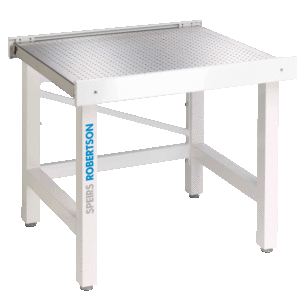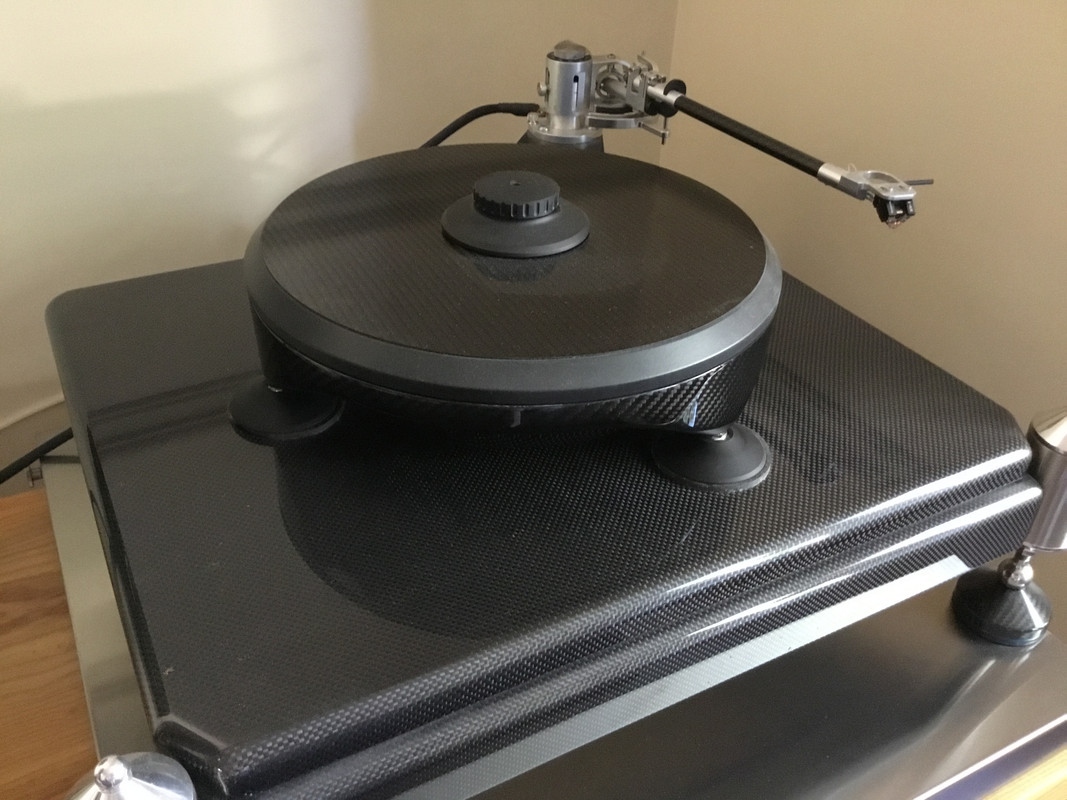Without getting into a game of "burden tennis”, the standard for evidence to meet the burden of proof is usually determined by context and community standards and conventions. As the name of this forum is audiosciencereview, I would say that the onus is on you to provide some measurements if we are to adhere to the science aspect of this forum, otherwise what is the point of the forum?
Re: Community Standards:
First I think that is a narrow understanding of this forum. That claims or speculations about audio equipment would be accompanied by scientifically rigorous demonstrations and evidence may be an ideal does not mean it is a standard. If that were the standard, then most of the posting on this forum would be out of bounds as failing that standard (even from most long time, technically literate members). Most of us don't have the means to provide measurements for everything we hear, say or speculate about. This is just a practical problem anyone reasonable recognizes. It's why we have all sorts of speculative conversations, and even parts of the forum dedicated to people's impressions from attending audio shows. None of those are done under scientific conditions nor accompanied by measurements, but that's ok because the impressions are accepted as not making any strong, anti-scienfic claims. In other words, plenty of "un-scientific" conversation here (in the sense of not being accompanied by measurements/scientific justification) is acceptable. What isn't countenanced is "Anti-Scientific" stuff - e.g. "I KNOW FOR SURE I heard X (dubious) phenomenon based on Y (dubious) methodology)."
And of course, I have made no such anti-scientific claim.
Notice the thread title is a question. An inquiry. As I have elaborated on it: I did not suggest anyone had to accept my claim as facts (except for the sake of argument), nor that I thought my sighted impressions are infallible. Rather, I've said I have strong impressions that the sound is changing in these ways when I put springs under my speakers, leading to the questions: Is my hearing differences with springs PLAUSIBLE? And if so, what technically would explain there being sonic differences with and without springs?"
So as for what could explain my perceptions? I've already acknowledged the obvious, early on, that sighted bias and other variables (e.g. speaker height changes) are possibilities. But it's an open inquiry as to whether there are also technically plausible explanations. This thread invites those technical discussions...which is just the type of discussion this forum is about, right? And we've had plenty of great input and back and forth. (Just like another thread I started inquiring on whether the resolution of current speakers meet the resolution of sonic information in the best recordings. It's an inquiry that opens up for technical discussion).
Re: Burden Of Proof:
The Burden Of Proof is not something where you can pick and choose. You either apply the principle consistently or you don't, on pains of hypocrisy.
The Burden Of Proof scales with the nature of a claim - e.g. extraordinary claims require extraordinary evidence. And on the same principle, the more modest the claim, the more modest the burden of proof. I am usually very careful about the nature of my claims, having established within the first page that any sighted impressions I write are presented with all the obvious caveats, and that nobody need accept them as facts proven by my mere subjective impressions. Again, it's an inquiry.
However IF someone is going to lodge criticisms based on a certain burden of proof, insofar as they decide to make a positive claim on the subject as well, they shouldn't be surprised if asked to support the claim on the same burden of proof. Especially if they are invoking, snarkily, the principle of burden of proof!
Please remember, regarding the scenario I've been writing about, Keith recently wrote:
"If only someone would post before and after measurements that show the silenced floorboards."
I replied to him reminding him that I had done just that! I literally had posted measurements I made using a vibration measuring app, showing the "silenced floorboards
effect" in both directions - from the speaker in to the floor, and floor in to speaker. Here is is again:
That makes sense to me and I'd like to give it a try. How critical is the "tuning" of the decoupling device relative to the mass of the speaker and anything else that's in the equation? I obviously can't just plop a sub with two concrete pavers down on a slab of foam, it'll just compress. But...

www.audiosciencereview.com
Are they elaborate measurements? No, I don't have the means. But they ARE measurements that DO show an obvious decoupling effect using the springs.
I also reminded Keith that someone with professional experience in vibration control research, e.g. Frank Dernie, had commented that my hearing differences would be "no surprise" and he supported the plausibility of the scenario.
Earlier in this comment from Frank. And there have been various others chiming in giving technical arguments for the plausibility of audible differences using things like spikes/constrained layer damping/springs/sorbothane etc, like I've been trying out.
So, when presented with
measurements from
my room that give some evidence the springs show decoupling of vibrations between speaker and floor in my room, as well as the fact people with relevant expertise have supported the plausibility...what as Keith's response?
He ignored it.
So, sorry, if Keith is just going to ignore any evidence or arguments for the plausibility of sonic changes with the springs, while declaring:
"It’s just your imagination"
Then it's entirely justified to ask him to back that up - with some sort of technical argument/measurement supported, for why it is implausible I'm hearing sonic differences with the springs. If THOSE are the standards he wants to invoke, then what is good for the goose is good for the gander, right?
Of course...nobody likes admitting when they are being a hypocrite....

Cheers.

 www.audiosciencereview.com
www.audiosciencereview.com

 www.audiosciencereview.com
www.audiosciencereview.com



